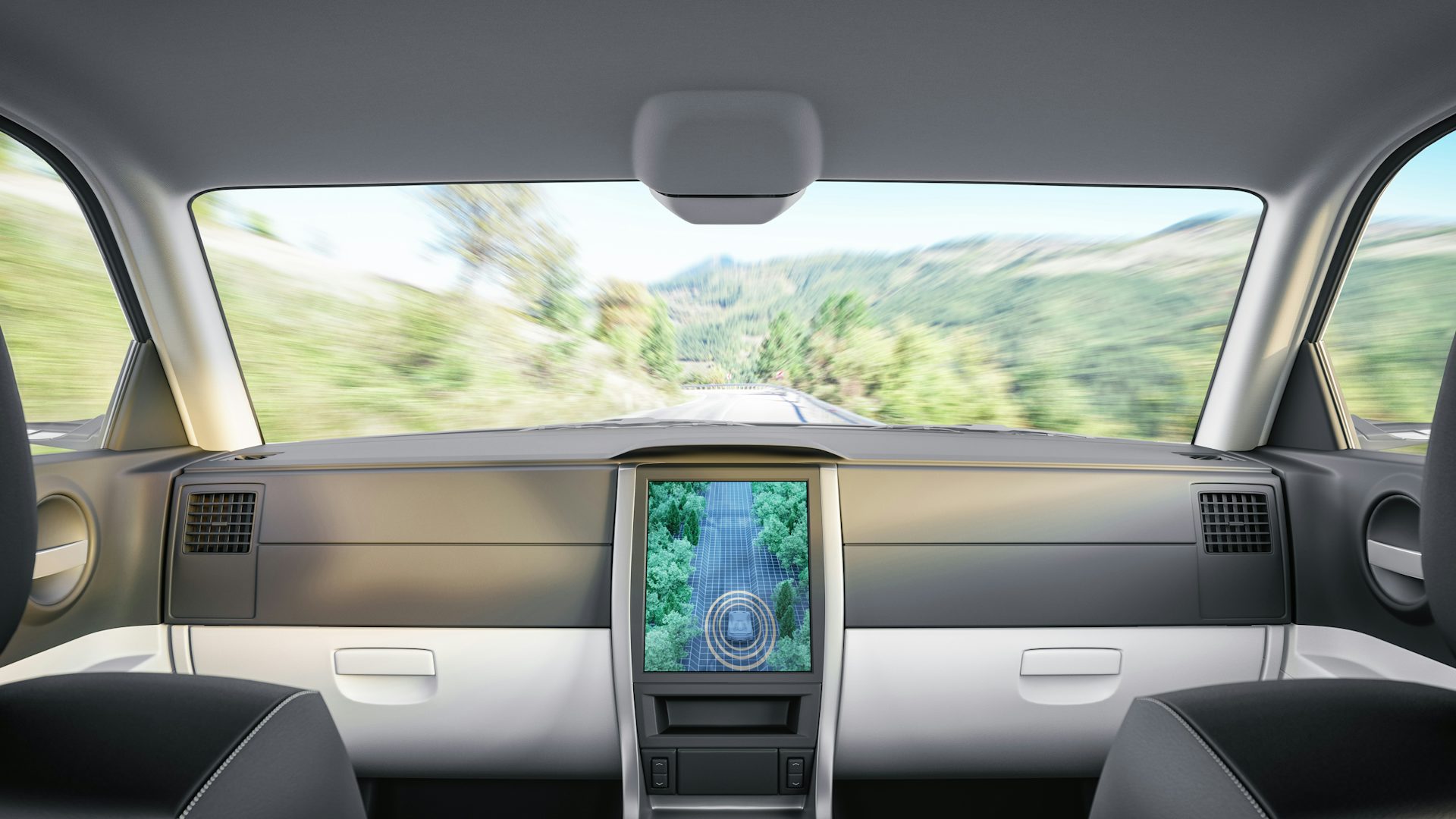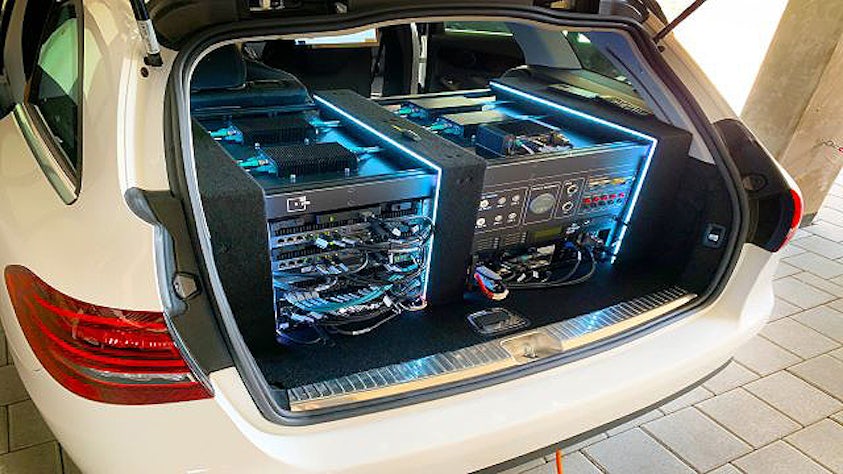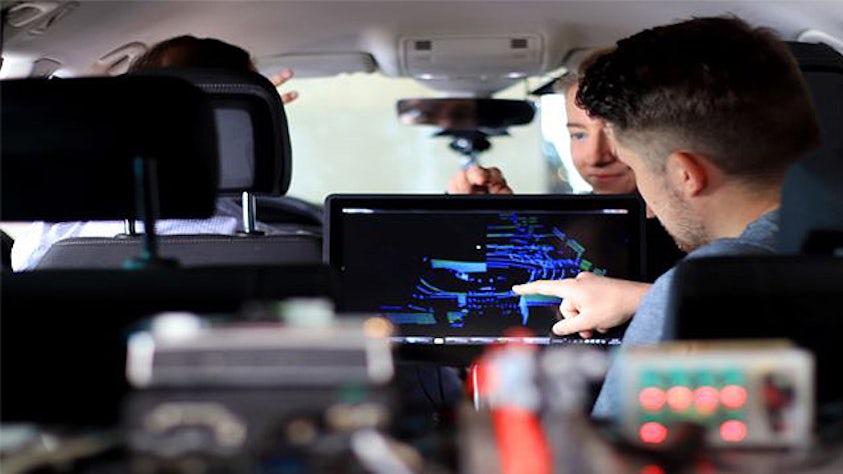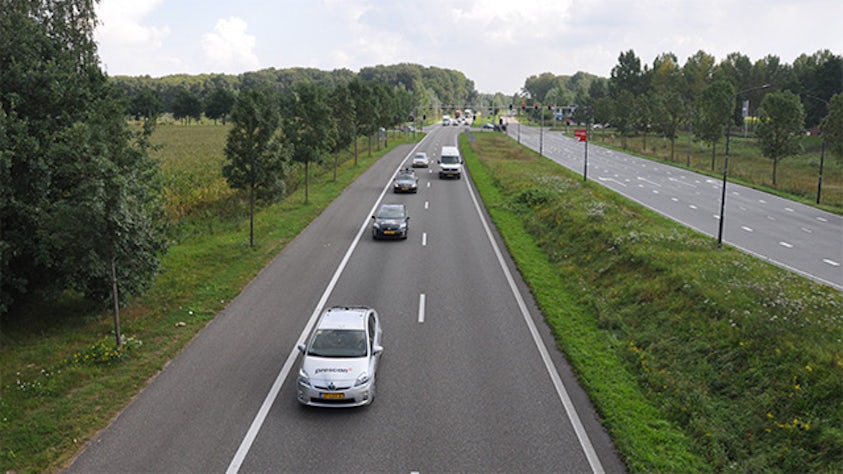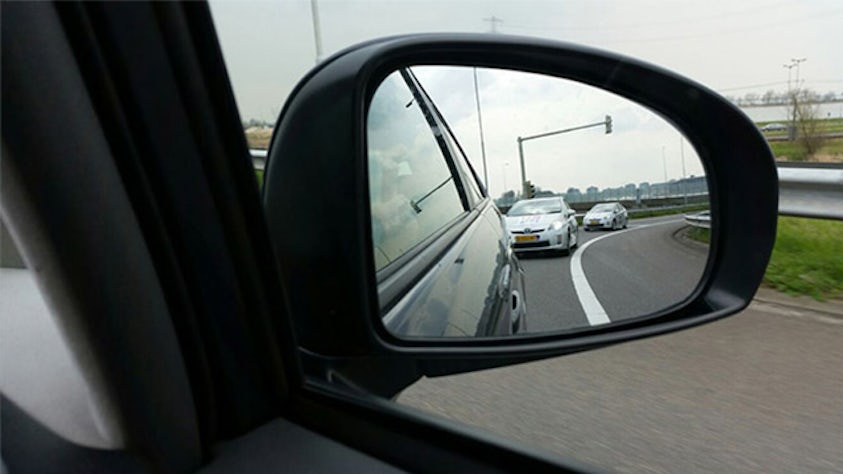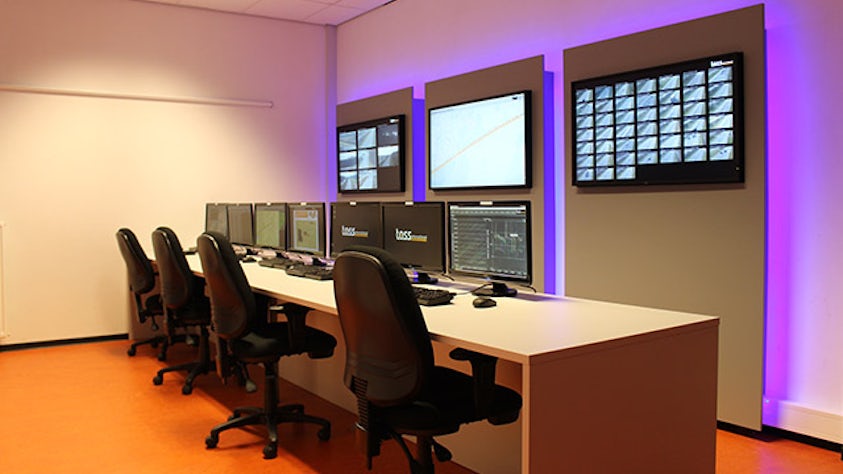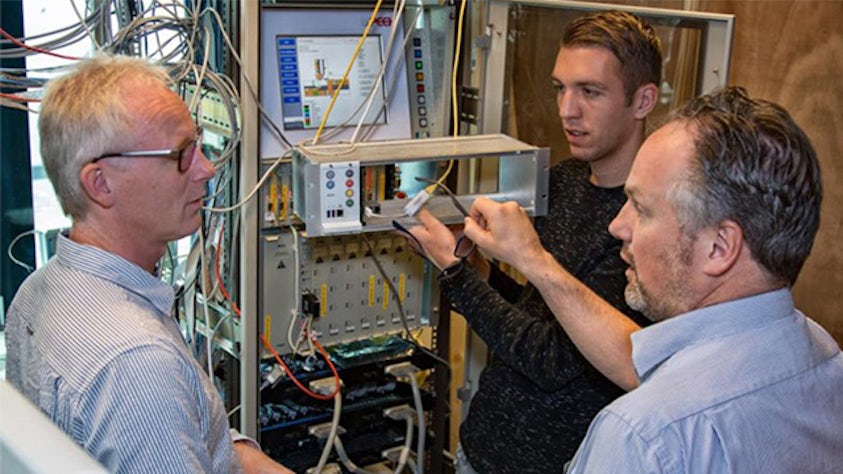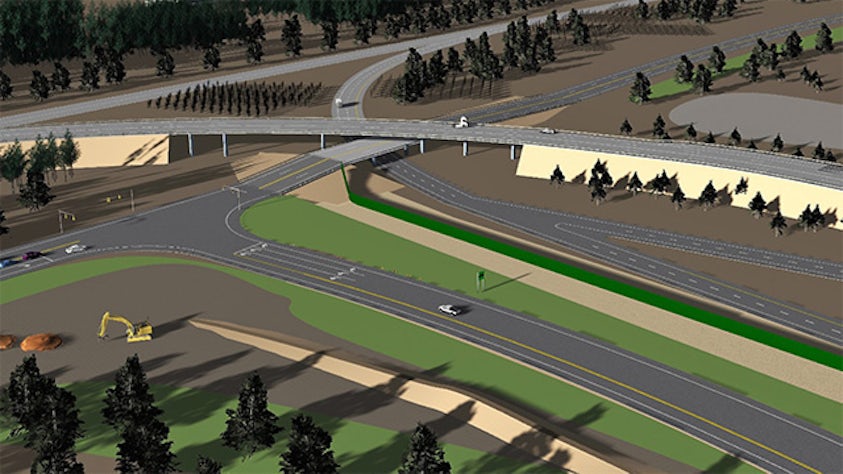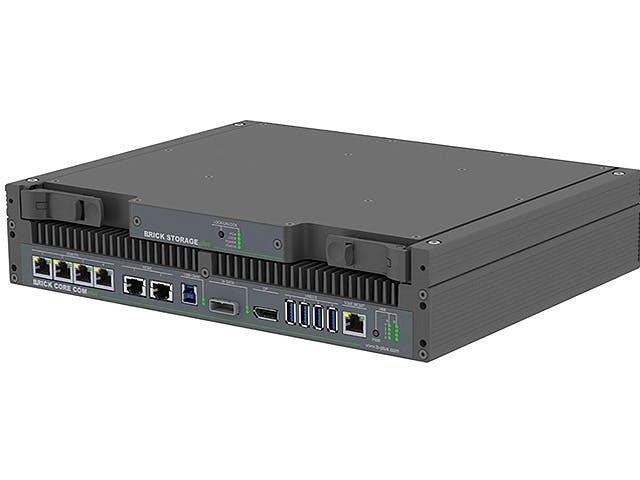We partner in the development of connected vehicles, automated driving and advanced driver assistance systems (ADAS) by means of testing, engineering, evaluation and validation – from simulation software, to outdoor testing on closed test tracks and public roads. With our methodology and toolset, our customers can develop and verify systems at a much earlier stage and for much smaller investments. We also help governments and regulatory bodies in the development of legislation for cooperative systems. Once legislation gets established, our services can also be used for homologation of V2X (vehicle-to-everything) systems and components and automated driving.
Verification and validation of autonomous vehicles
Find the right balance between safety, comfort and efficiency for autonomous vehicles (AVs).
